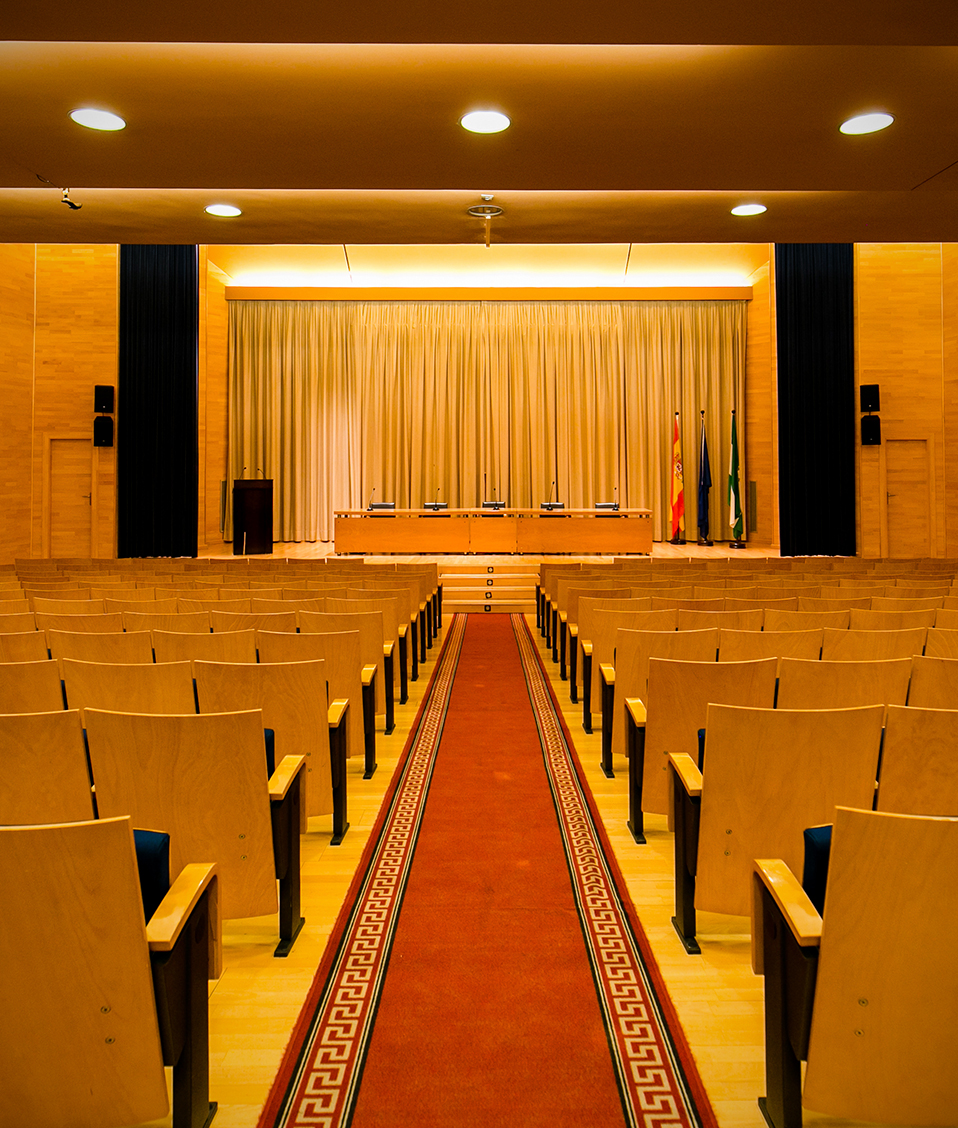
Title: Brain mechanisms of distractibility during normal ageing and after frontal damage
Supervisors: Aurélie Bidet-Caulet, Olivier Bertrand
To apply, please send a CV and a letter of motivation to aurelie.bidet-caulet@inserm.fr
Attention improves the processing of specific information while other stimuli are disregarded. A good balance between bottom-up (attentional capture by unexpected salient stimuli) and top-down (selection of relevant information) mechanisms is crucial to be both task-efficient and aware of our environment. Only few studies have explored how an isolated unexpected task-irrelevant stimulus outside the attention focus can disturb the top-down attention mechanisms necessary to the good performance of the ongoing task, and how these top-down mechanisms can modulate the bottom-up mechanisms of attentional capture triggered by an unexpected event. We propose a new paradigm, the Competitive Attention Test measuring distractibility and assessing both bottom-up and top-down attention brain mechanisms, at the same time (Bidet-Caulet et al., 2014).
The lateral prefrontal cortex has been shown to be involved in both bottom-up and top-down attention (Corbetta et al., 2008) and could thus play a crucial role in the balance between these two processes. Moreover, alteration of the frontal cortex associated with normal ageing or resulting from a stroke or tumor resection, is often associated with reduced attention capacities and enhanced distractibility (Knight and D’esposito, 2003).
The aim of the present project is to investigate the balance between bottom-up and top-down mechanisms of auditory attention during normal ageing and after frontal damage using the Competitive Attention test and simultaneous scalp electroencephalography (EEG) and magnetoencephalography (MEG) recordings in young healthy subjects (Study 1), in healthy elderly participants (Study 2), and in in patients with frontal damage (stroke or tumor resection) (Study 3). These electrophysiological studies will require analyses of event-related responses as well as oscillatory activities.
Experience in cognitive neuroscience in Humans or in signal processing is mandatory.

